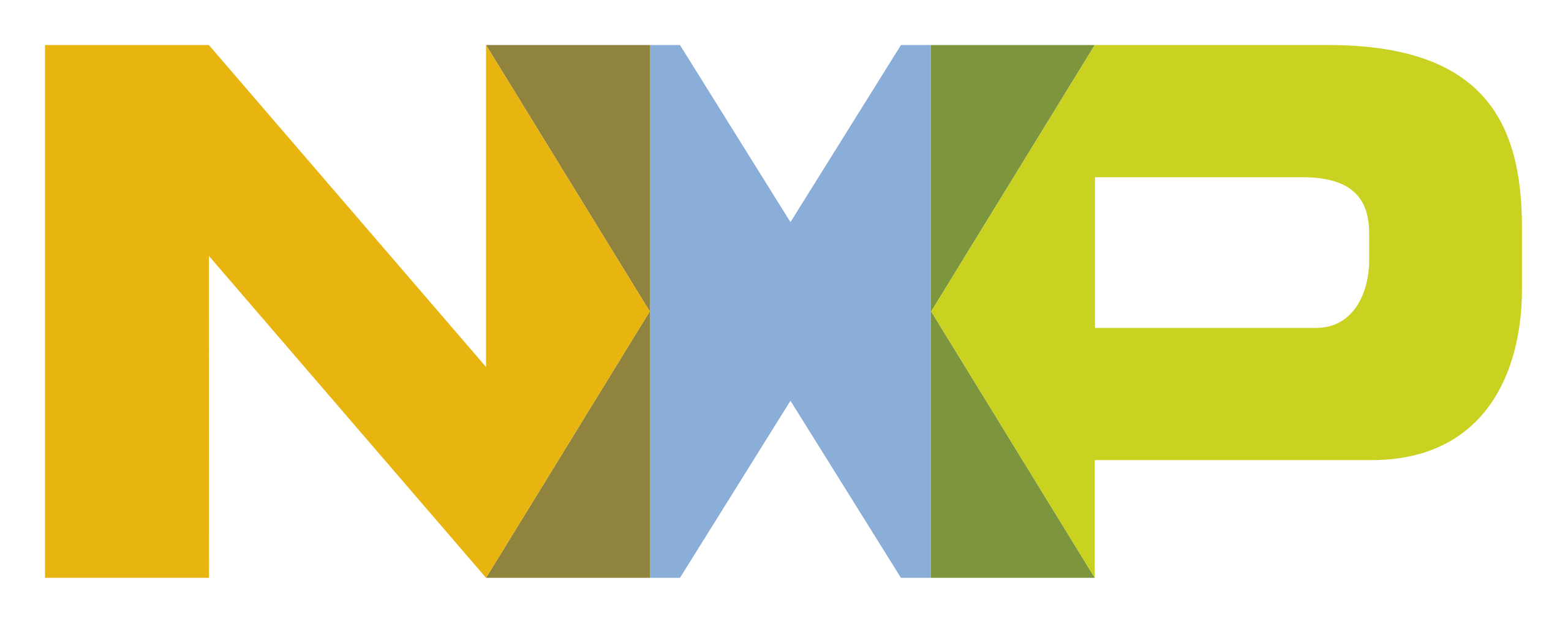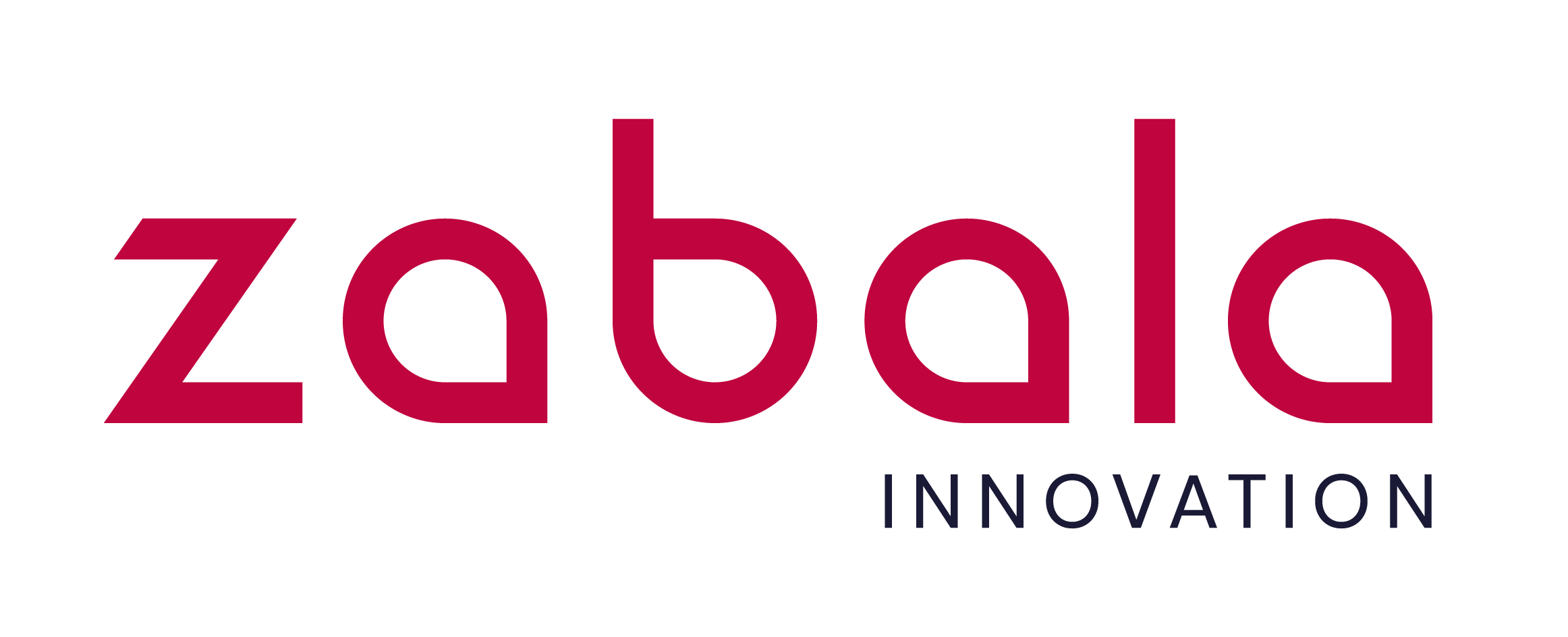In our everyday life, everybody uses RFID technology, most of the times without knowing it. Today, in this article, we are going to see some examples of where we find it. Maybe you will be surprised about how many times you use RFID technology in your everyday life.
As you may know, the initials RFID mean Radio Frequency Identification. The basic concept of operation is:
- An antenna sends out and receives radio signals.
- These signals are received and returned by an RFID tag with information added.
- A reader which is integrated with a system accepts and stores these data called events and finally, they trigger actions.
The main purposes of RFID nowadays are identification and location.
These are the areas of greatest application of RFID technology
Payments in means of transport: public transports and tolls
In order to eliminate the delays on road tolls, Electronic Tolls Collection (ETC) collects tolls electronically. Cars don’t need to stop when they pass through tolls, the payment is automatic if the car is enrolled in the program and if it’s not, the system sends an event which triggers an action like don’t let the car pass or it takes a photo.
If you don’t drive, when you are travelling around the city you also use RFID in public transport, because of the entrance payment and the exit control can be done thanks to RFID tags in the prepaid transport passes.
Asset management: Location, identification and transport trace
Nowadays, the most modern and effective organizations are using RFID technology to automate assets tracking. Systems based on RFID solutions avoid many problems caused by manual tracking. With RFID they increase security and accuracy of the information which company has about the goods in a constant and instantly way.
As an example, when you’re in a hotel, the tools, machines, and other items and disposable consumables may be controlled by RFID tags.
Logistics
Tagging goods and pallets, you can instantly know what goods you have, how many they are and how much space they occupy in your warehouse or back store just when they are entered.
Can you imagine what would happen if huge food companies didn’t have constant and instant control of the products they have in stock? When you shop at the supermarket you are not aware of how much the product has travelled, but thanks to RFID technology there is a trace of its movements.
Inventories and warehouses
The main objective to use RFID is to increase the efficiency of warehouses by reducing work and logistic costs. Likewise, to get instantly an accurate inventory of goods with all kind of details, like size, quality, country, and so on. Physical inventory counts which are expensive and inaccurate are not necessary anymore. This way you save money and time.
Identification of animals
Tagging animals with RFID is an important tool for a farmer, in order to identify each animal with its information like origin, pedigree, medical details, etc. As well as with the help of software, to keep updated the information by uploading the new information like veterinary visits.
Surgeries
RFID technology in hospitals is present in many forms, from tracking surgical tools to tracking persons –patients, visitors and staff. There are several important reasons to use RFID technology in the healthcare industry from reducing medical errors like to lost essential surgery tools or forget surgery sponges within patients, as well as reduce economic costs or increase the security at healthcare buildings.
The most common RFID applications in hospitals are inventory tracking, control access, staff and patients tracking, tracking tools, tracking disposable consumables, tracking large/expensive equipment, laundry tracking, etc.
Access control: sports facilities, buildings, tourism
The RFID access control systems work to identify whose, where and when it’s entering a building or a room. It’s useful to have information about individuals in an organization or event like a sports match or music festival, as well as to allow or deny the entry of individuals in particular places.
The same function can be fulfilled in a company to have control over the schedules of employees, to what places they access inside the company and the control of people who are visiting the company offices.
Passports
Passports with an embedded chip are called biometric passport, e-passport or digital-passport. This chip has biometric information that is used to authenticate the identity of the passport holder. The information stored in the RFID chips of e-passports depends on the country’s policy. Data usually stored are name, date and place of birth, sex, nationality and a digital version of the photograph. Data about the passport are in the chip too, such as the number, issue date and place, and the expiration date. The standardized biometrics used for identification system are facial recognition, fingerprint recognition or iris recognition.
The supermarket of the future
Imagine entering a store and just grab the products you want to buy and finally leave the store without whether lines nor checkout. The store stock would be updated instantly while you are taking the goods and you could check your total bill on your mobile at the same moment having better control of your expenses. RFID is changing the grocery retailing.
Libraries and Museums
RFID is being applied in the museums, libraries and other related settings mostly in three ways:
- Objects tracking: managing full inventories of collections is a huge and time-consuming work.
- Security systems: protecting assets from theft an essential issue in museums, galleries. RFID provides security by automatically tracking the movement of objects tagged which can be located instantly.
- Visitor experience: there is too much information to put in a single label on the wall. The visitor’s experience gets complete and amusing if they are directed to a virtual resource linked with a tag.
Timing of sports events
In many sports events like races the participants must be timed accurately, the best way to do this is tagging them and tracking when they pass across control points.
If you have realised all the ways you use RFID technology in everyday life thanks to this article we will be very glad. Additionally, you can know more about RFID applications or RFID solutions on our dedicated website.
Main photo by Wojtek Witkowski on Unsplash.
Contact us for more information focused on your needs. If you wish to receive information about RFID technology, subscribe to our magazine.






